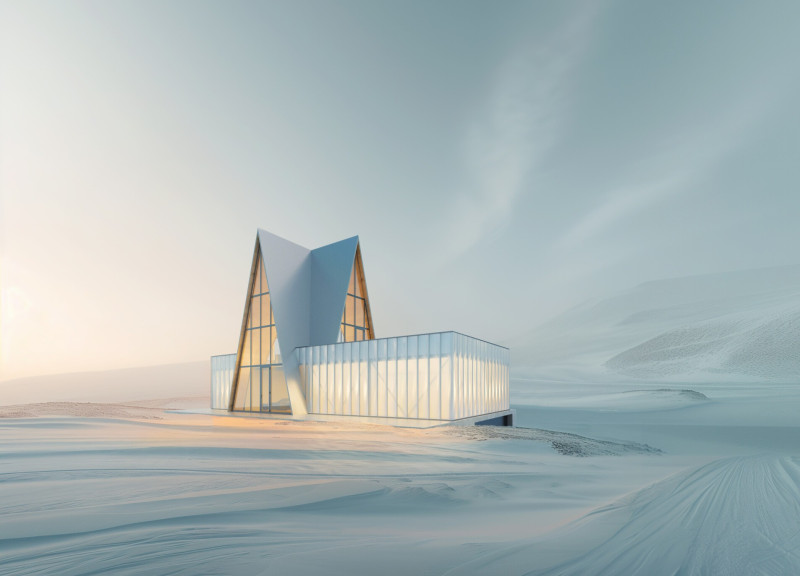5 key facts about this project
From the outset, the design embodies a clear vision that prioritizes user experience and environmental responsiveness. The spatial organization is intuitive, leading visitors through a series of thoughtfully designed areas that cater to both individual activities and communal interactions. Key parts of the project include [describe specific areas, such as open-plan spaces, private zones, multi-functional rooms, etc.], each designed with careful consideration of natural light and ventilation. This enhances not only the visual quality of the spaces but also their overall comfort.
A hallmark of this project is its unique design approach, which incorporates a variety of materials that reinforce the architectural narrative. The use of reinforced concrete provides structural integrity, while large expanses of glass create a visual connection to the surrounding environment, promoting transparency and engagement with nature. Timber elements are strategically placed to introduce warmth into the interiors, ensuring that the atmosphere remains inviting and cozy. The integration of steel frameworks offers flexibility in design, allowing for innovative spatial configurations that meet the diverse needs of users.
The architectural details further enrich the user experience. [Describe any distinctive architectural features such as cantilevered roofs, green terraces, or outdoor gathering spaces]. These elements do not merely serve aesthetic purposes; they are carefully considered to enhance usability and accessibility. For instance, the layout encourages movement and flow, guiding occupants seamlessly through the space while ensuring that key functional areas are easily reachable.
Sustainability is core to the project’s design philosophy, evident in the incorporation of energy-efficient systems and environmentally friendly materials. [Discuss specific sustainable practices like rainwater harvesting, solar energy utilization, or the choice of locally sourced materials]. Such considerations demonstrate a commitment to reducing the ecological footprint of the building while offering long-term economic benefits in terms of operational efficiency.
Moreover, the project showcases innovative architectural ideas that reflect current trends in sustainable design. The emphasis on natural materials and energy-efficient systems not only honors environmental considerations but also resonates with users on an emotional level, creating spaces that feel authentic and grounded. The project is a thoughtful response to its geographical context, acknowledging local climate conditions and cultural nuances through its carefully curated design.
Overall, this architectural project serves as a significant contribution to [Location], redefining the possibilities of design in relation to community interaction and environmental stewardship. Its thoughtful integration of space, materials, and sustainability reflects a progressive approach to architecture that resonates with contemporary values. For those interested in delving deeper into the nuances of this project, exploring the architectural plans, sections, designs, and ideas will provide invaluable insights into the architect’s vision and the intricacies of the design process.


 Francesco De Gaetano,
Francesco De Gaetano, 























